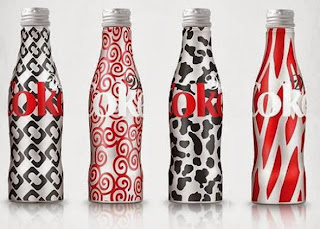Obesity rates in the UK are the highest in Europe and have increased dramatically over the past few years to such an extent that in excess of 20% of the population are now obese. In Birmingham, over 25% of the population are obese - the third highest rate in the UK. With national averages of over 40% of males overweight and more than 20% obese in the 16-75 year age range, while in women the averages are lower for the overweight classification but higher for obesity. (University of Birmingham Research Centre)
Although obesity can be tackled through increased exercise and a better diet, for those who are already obese the health consequences are severe. On average, being obese decreases life expectancy by nearly 10 years. In addition, it is associated with dramatically increased risks of developing type 2 diabetes, hypertension, coronary artery disease and hyperlipidaemia. It has also been suggested that in the future, obesity could not only become the leading cause of liver failure, but also the leading cause of cancer worldwide.
Reasons why obesity is gradually increasing
Firstly, there is easy access to cheap, high-energy food that is often aggressively marketed to people such as chips, junk food, soft drinks, McDonalds, KFC, and every other fast food joints. Secondly, people’s lifestyles and jobs are much less active than in the past and many leisure activities has bloomed such as watching television, playing video games and browsing the internet are usually done sitting down. Thirdly, people drive or use public transport nowadays and walk a lot less than they used to.
The causes of obesity relate to a fundamental imbalance between energy intake and energy expenditure. A reduction of physical activity in combination with an increased consumption of more energy-dense, nutrient-poor foods with high levels of sugar and saturated fats, have led to obesity rates that have risen drastically. (The World Health Organisation)
Although the importance of exercise and a healthy diet is widely reported, further research into the forms of exercise and the types of diet that are most effective at reducing obesity is needed. Furthermore, many people do not make the necessary lifestyle changes that are needed to tackle obesity and therefore, there is an urgent need for viable interventions that can successfully influence the adoption and maintenance of physical activity and healthy eating in the general and clinical populations of UK.
References
Obesity in The UK - University of Birmingham Research, 2013. [ONLINE]
Latest obesity stats for England are alarming - NHS Choices, 2013. [ONLINE]
-Bryan







